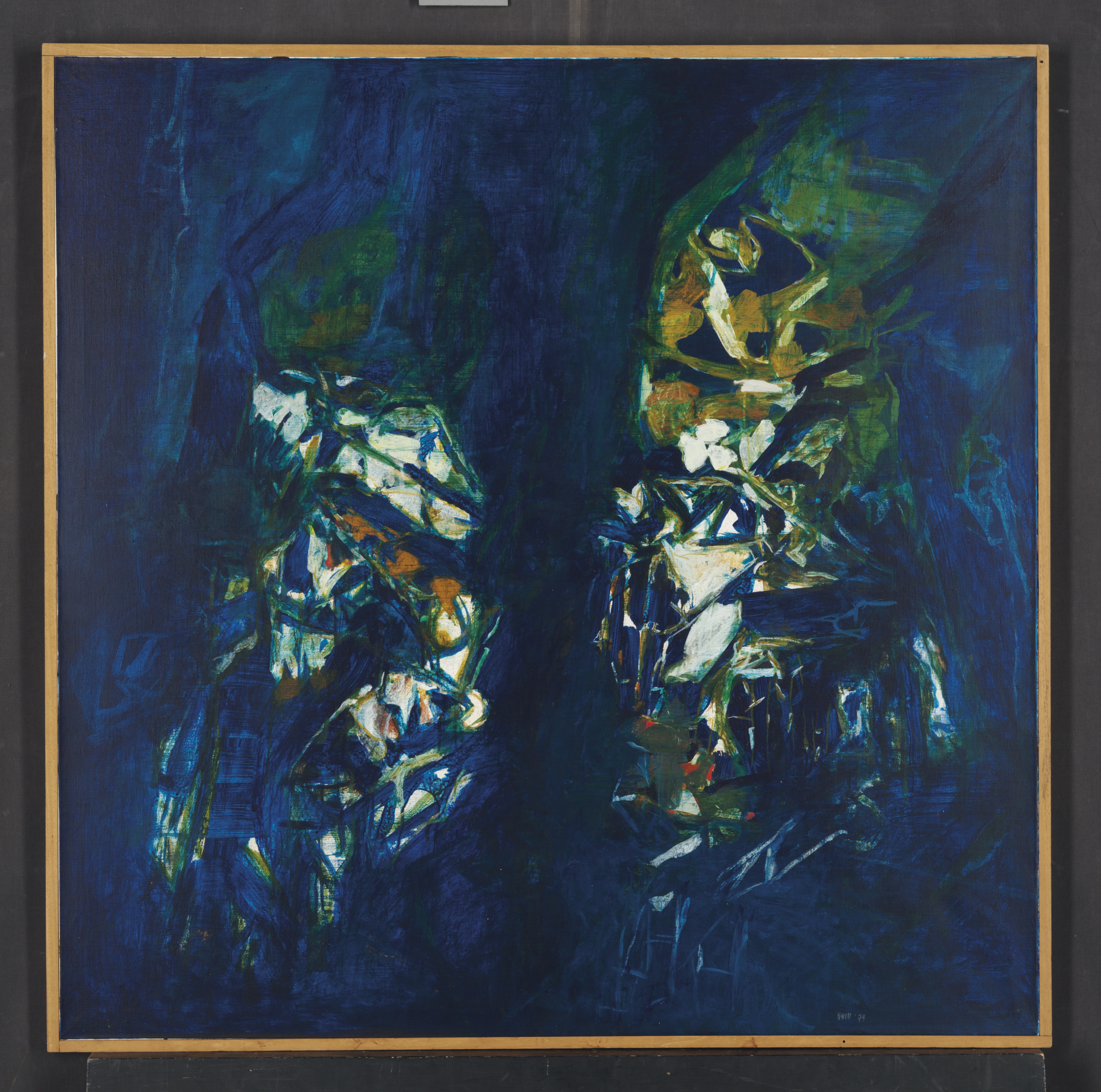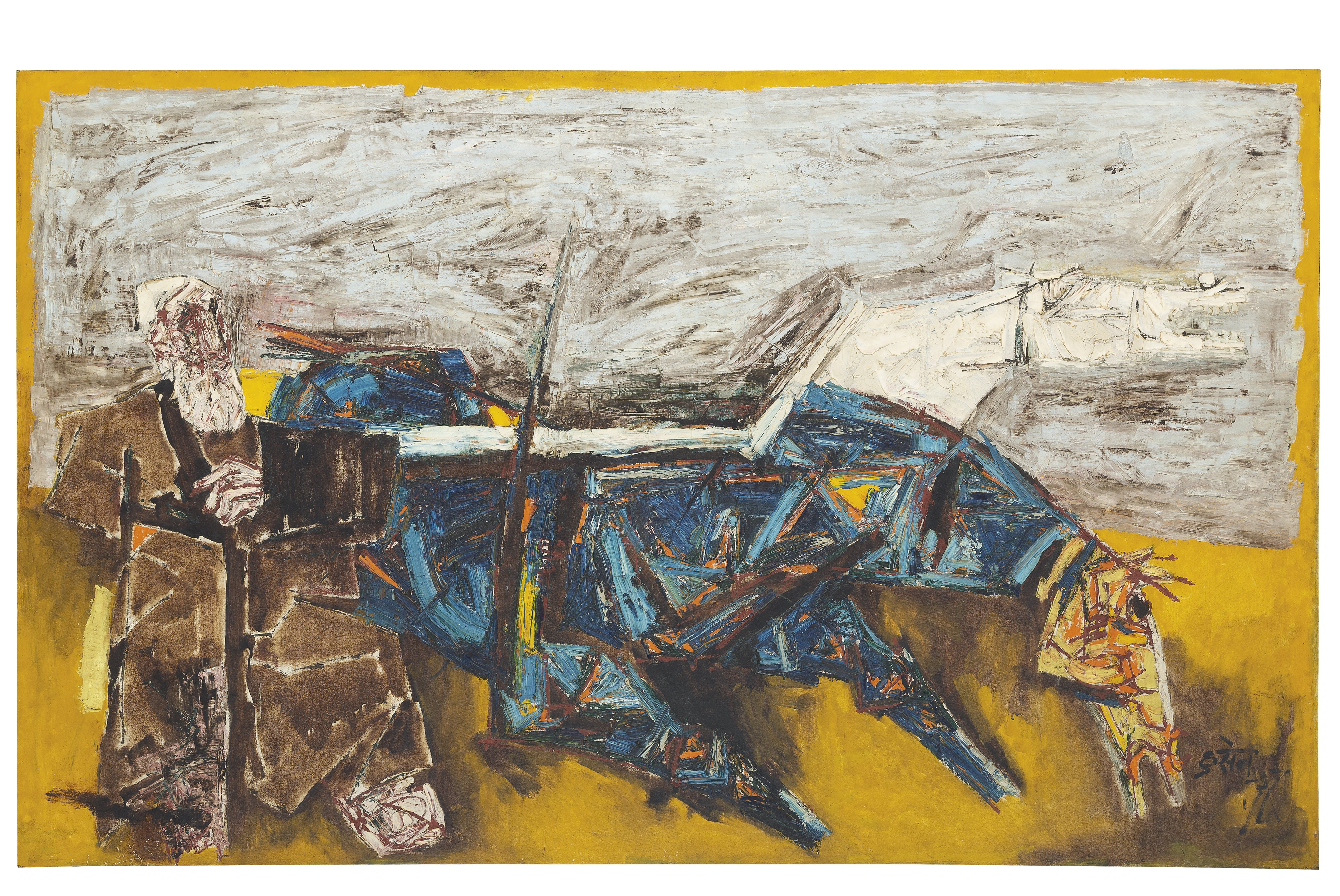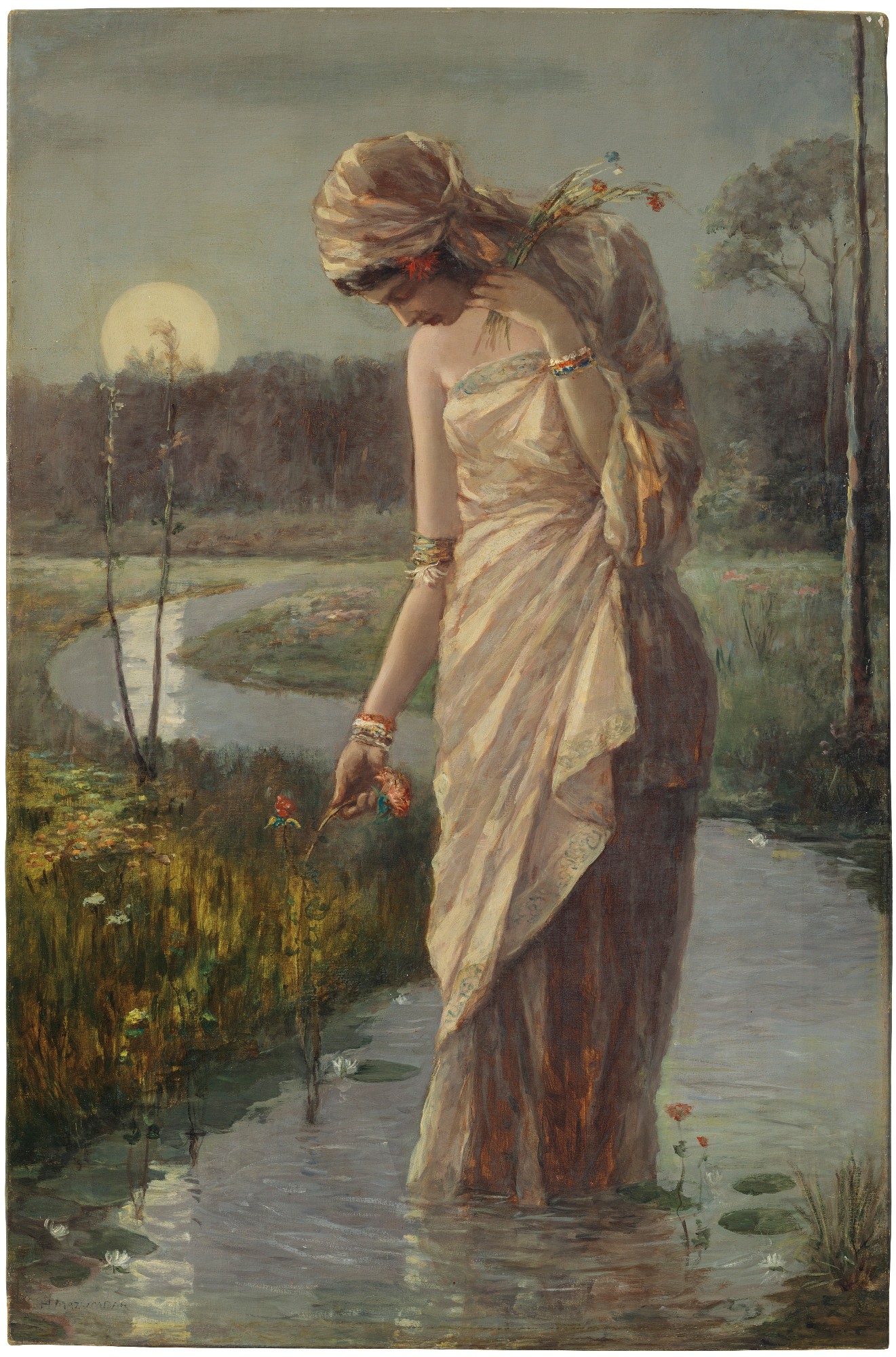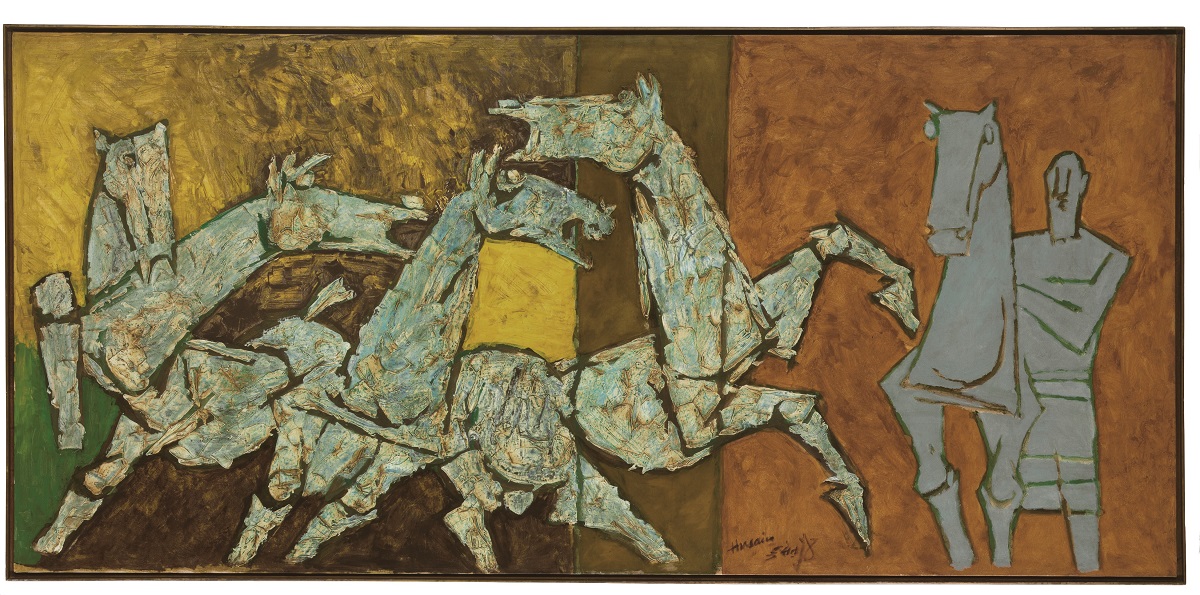Christie’s will be holding its first 2019 auction of South Asian Modern and Contemporary Art on March 20 in New York, followed by a sale in London in June. It is hoping to break some previously established records. Here's a look at some of the works that may help it achieve that goal.

La Mer, S H Raza. Syed Haider Raza (1922-2016) was one of the first of the Progressive Artists’ Group to make the move from India to Europe, settling in Paris in 1950. Painted in 1974, 'La Mer' is an important painting from a key period in Raza's career, when, after many years working within the style of the École de Paris, he began to integrate vital elements of his Indian childhood and cultural heritage into his paintings. 'La Mer' exemplifies Raza’s use of colour as well as his symbolic engagement with nature. Raza felt that nature was a tremendous source of power that could not be portrayed in traditional landscapes. It had to be captured through his vivid palette and gestural brush strokes. (Estimate: $200,000-300,000) Christie's

Nude, F N Souza. This 'Nude' was painted by Francis Newton Souza (1924-2002) in 1958, at a time when Souza had gained critical recognition, patronage and gallery representation in London. The subject in this painting illustrates the artist’s preference for robust figures in bold frontal poses, inspired by the temple sculptures of Khajuraho and Mathura. The voluptuous curves are reminiscent of Picasso’s geometry of forms. Souza’s mastery is evident in the delicate layering of colour and the subtle play of light and shade used to delineate her body. (Estimate: $150,000-200,000) Christie's

Ashvamedha, Arpita Singh. Arpita Singh was born in West Bengal in 1937. Her experience as a weaver influenced the evolution of her artistic vocabulary. Many of her paintings utilise the method of Kantha, a Bengali embroidery and textile-based storytelling form. Her brush strokes resemble Kantha stitches on fabric. This triptych titled 'Ashvamedha', painted in 2008, is based on the ancient myth of Ashvamedha or ‘horse sacrifice’, a Vedic ritual in ancient India. Painted in tones of blue, pink and green, this work appears like a Cartesian map of an unknown geography. On the map are overt even playful motifs that reference death, migration and violence. (Estimate: $250,000-300,000) Christie's

Plein Soleil, S H Raza. Painted in 1961, this work represents a stark shift from Syed Haider Raza’s paintings of the French countryside that drew inspiration from Cézanne and Van Gogh. Moving away from direct representation and ordered construction, here Raza adopts thick, expressive brushwork to reflect his recollections of his childhood in central India. Titled 'Plein Soleil', this painting represents Raza’s return to the traditions of South Asian visual culture. In this landscape, Raza draws from Pahari, Jain and Rajput miniature painting, particularly in terms of its palette of primary colours. (Estimate: $100,00-150,000) Christie's

Untitled, M F Husain. The 'Untitled (Horses)' was painted by M F Husain in the mid-1960s. Here, Husain combines the autobiographical with the mythical. The rippling muscles on the necks and flanks of the cobalt horse in the foreground and the white horse behind it are etched out in thick strokes of paint. On their left, the figure, representing Dada Abdul, with his characteristic skull cap and white beard, is dressed in the brown achkan whose protective folds Husain remembers hiding in as a child. (Estimate: $700,000-900,000). Christie's

Young Woman with Black Hair and Inclined Head, Akbar Padamsee. 'Jeune Femme Aux Cheveux Noir, La Tête Inclinée' (Young Woman with Black Hair and Inclined Head was painted in 1962 when Akbar Padamsee (b. 1928) returned to Paris for the third time. At that time he was experimenting with light, texture and technique, contrasting dark and luminescent colours with strong brushstrokes. Works from this period are constructed with thick impasto applied by palette knife, creating an almost sculptural effect which accentuates the play of light and shade. (Estimate: $300,000-500,000) Christie's

Untitled, Hemendranath Mazumdar. Born in 1894 in erstwhile Bengal, Hemendranath Mazumdar was one of the few Indian artists of the early twentieth century to achieve academic and commercial success. Although he was a close associate of Abanindranath Tagore, Mazumdar was never won over by the ideals of the Neo-Bengal School that Tagore founded, preferring to work in the European academic style. Mazumdar is best known for his oil paintings of women, usually bathing or draped in diaphanous saris. His wife frequently sat for these portraits, explaining the similarities seen between many of these subjects’ features. Combining elements of Western classicism with Indian tradition, 'Untitled (Woman in River)' features a beautiful woman standing ankle-deep in a stream. With a bowed head, she collects flowers from the grassy banks of the stream. (Estimate: $30,000-50,000) Christie's












